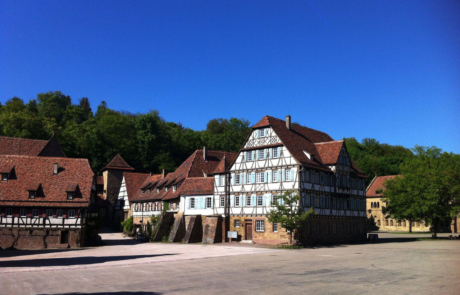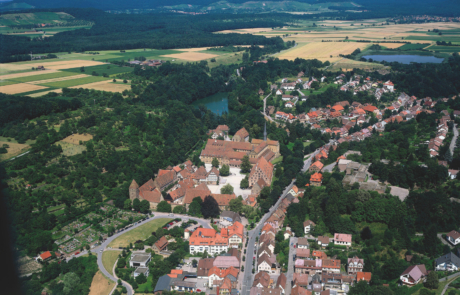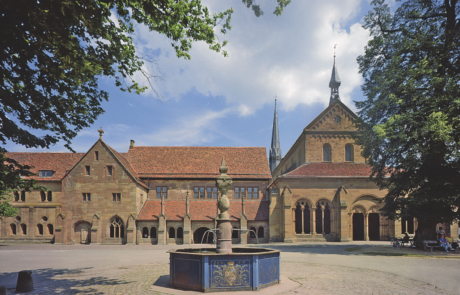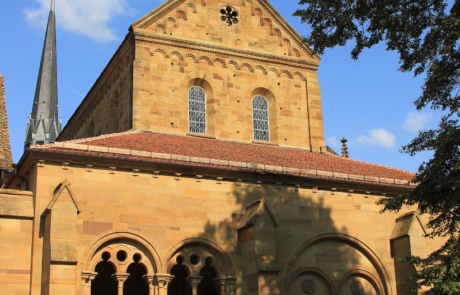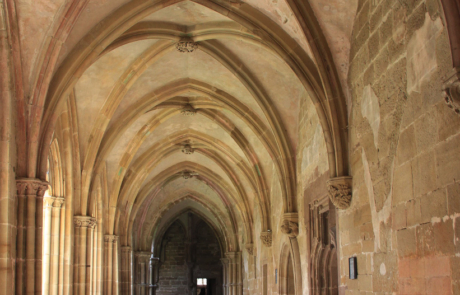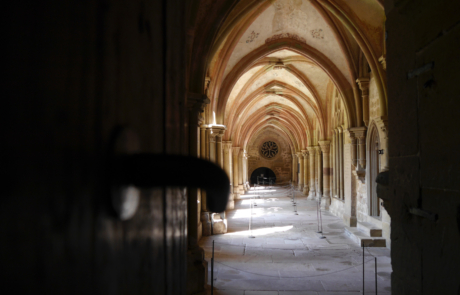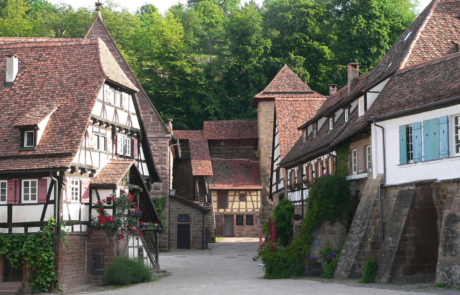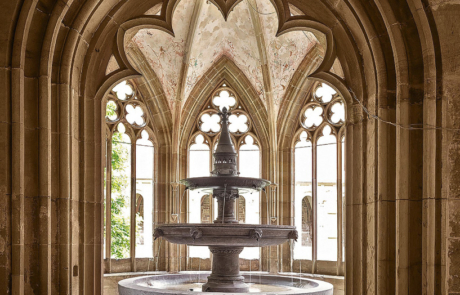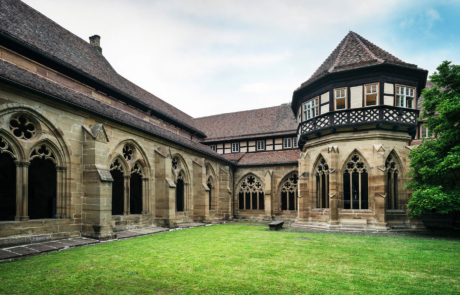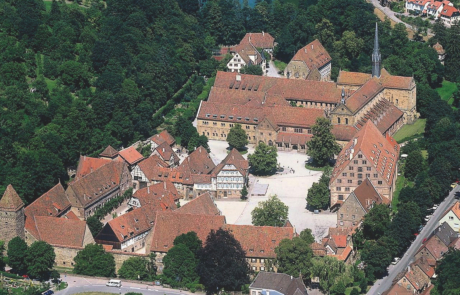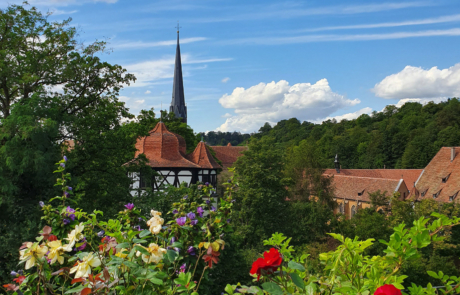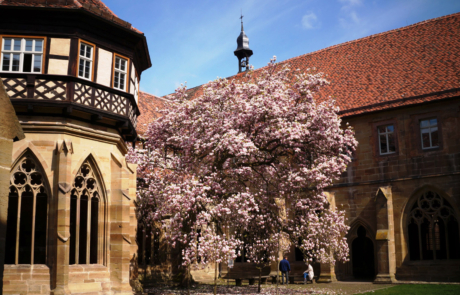MAULBRONN
Date of foundation: 1138 (order number 139 according to Janauschek)
Date of dissolution: 1557, 1630 – 1648
Filiation / mother monastery: Morimond-Bellevaux / Neubourg Monastery
Daughter monasteries: Bronnbach Monastery, Schöntal Monastery
After an initial attempt by the Cistercians to found the monastery in Eckenweiher (Mühlacker), they moved to Maulbronn (Mulenbrunnen) in the upper Salzach valley due to a lack of water, pastureland and building materials. Bishop Gunther of Speyer supported the new foundation with land, so that Maulbronn was able to become one of the largest and richest cisterns in southwest Germany. Water, wine and fruit growing characterize the landscape.
Audio version
Current events
Latest posts
The cultural landscape
The Maulbronn Monastery of the Morimond Foundation was founded in Eckenweiher in 1138 and moved to its current location in the Salzach Valley in 1147. It is part of a network of numerous European Cistercian monasteries thanks to its network of foundations. The project partner Klosterlandschaft Bronnbach, for example, is a subsidiary monastery of Maulbronn.
Maulbronn Monastery developed into the most important monastery in southwest Germany and acquired property through donations and purchases. In this way, it was able to establish a unified manorial estate, from which the Maulbronn administrative district emerged in 1808. The monastery, which was fortified in the 14th century, shaped the surrounding cultural/monastic landscape, including the farmyards/granges and the irrigation system that still characterize the landscape today.
When the monastery was dissolved in 1534/1556 by the Protestant Duke Ulrich von Württemberg and converted into a Protestant seminary, the economic structure hardly changed. The continued use of the monastery after its abolition as a Protestant seminary, parish and town center has ensured its preservation.
Today, the 1993 UNESCO World Heritage Site in its entirety is a cultural monument of European standing and exceptional universal value, as well as the best-preserved medieval monastery complex north of the Alps. The functional connection between the unique, closed, historically authentic and intact building complex and the monastery landscape makes Maulbronn stand out from the multitude of Cistercian monastery complexes preserved throughout Europe. The preservation of this unit is one of the most important goals of monument conservation.

